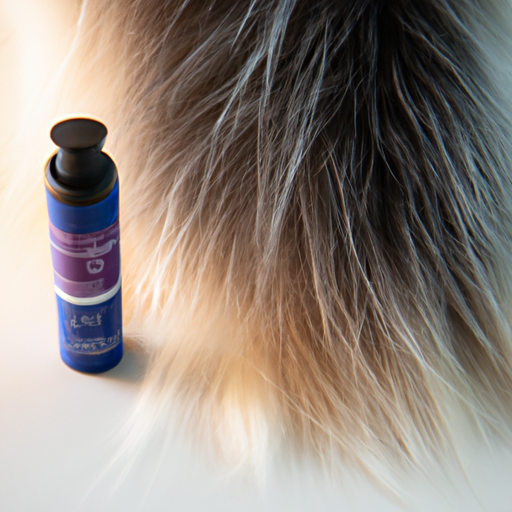As a passionate dog owner, you’ve probably found yourself wondering “how can I regrow hair on my dog’s tail?” at some point. Whether due to natural shedding, health issues, or a mishap, hair loss on your beloved pet’s tail can be a concerning sight. But don’t worry, I’m here to guide you through understanding this issue and finding solutions to help your dog’s tail hair grow back healthier and fuller than ever before.
Table of Contents
- Understanding Hair Loss in Dogs
- Common Causes of Hair Loss in Tails
- Ways to Regrow Your Dog’s Tail Hair
- Practical Tips for Preventing Hair Loss
- Frequently Asked Questions
Key Takeaways
- Understanding the cause of your dog’s hair loss is paramount. It could be due to various factors ranging from allergies, infections, to stress.
- There are several ways you can help regrow your dog’s tail hair, including a balanced diet, regular grooming, and appropriate medical treatments.
- Prevention is better than cure, and there are a number of practical tips to prevent hair loss in your dog’s tail.
- As always, consulting with a professional veterinarian is crucial. They can help accurately diagnose the cause of hair loss and provide suitable treatment options.
Understanding Hair Loss in Dogs
Just like humans, dogs can experience hair loss, known as Alopecia. It can occur anywhere on the body, and yes, that includes your dog’s tail. Hair loss in dogs can be gradual or sudden, depending on the underlying cause. It is important to note that while some shedding is normal, significant hair loss, thinning hair, or bald spots should not be ignored. This could be an indication of health issues that need to be addressed.
At OneTopDog, a wonderful resource for dog owners, there are several articles on understanding canine health and wellness, which can provide further insight into this topic.
Common Causes of Hair Loss in Tails
It’s crucial to understand the potential causes of hair loss in your dog’s tail to effectively address the issue. Here are some common ones:
- Allergies: Dogs can be allergic to certain foods, environmental factors, or substances they come into contact with, leading to hair loss.
- Infections: Bacterial, fungal, or parasitic infections can cause hair loss in dogs.
- Stress: Yes, dogs can experience stress too resulting in hair loss.
- Physical trauma: Accidents, fights, or rough play can lead to hair loss.
If you notice any unusual signs or symptoms, it would be wise to consult a professional veterinarian. They can accurately diagnose the issue and provide the appropriate treatment. Sites like VetInfo provide a wealth of information on various canine health issues.
Ways to Regrow Your Dog’s Tail Hair
Fortunately, there are several ways to help your dog regrow hair on their tail:
- Balanced diet: A diet rich in protein, vitamins, and minerals can promote hair growth. Omega-3 fatty acids, in particular, are known to promote healthy skin and fur.
- Regular grooming: Regular brushing helps distribute natural oils, promoting healthier hair and regrowth.
- Medical treatments: Depending on the underlying cause, your vet may recommend treatments like antibiotics, antifungal medication, or special shampoos.
For more detailed advice on dog care, you can check out articles on OneTopDog.
Practical Tips for Preventing Hair Loss
While it’s important to know how to regrow hair, preventing hair loss in the first place is just as crucial. Here are some tips:
- Regular vet visits: Regular check-ups can help identify and address health issues early.
- Proper nutrition: Feed your dog a high-quality, balanced diet.
- Regular exercise: Regular physical activity can reduce stress and improve overall health.
- Gentle grooming: Use a soft brush and avoid pulling on tangles or mats.
For more tips on dog care, check out this article.
Frequently Asked Questions
Q: How long does it take for dog hair to grow back?
A: Hair growth can vary depending on the breed, age, and overall health of your dog, but it typically takes around 1-3 months.
Q: Can hair loss in dogs be a sign of serious health issues?
A: Yes, in some cases, hair loss can be a symptom of underlying health issues like hypothyroidism or Cushing’s disease. If you’re concerned, consult your vet immediately.
Remember, your dog’s health is of utmost importance. Hair loss can be a distressing sign, but with the right knowledge and approach, you can help your furry friend regain a lush, healthy tail. Always consult with a professional, keep an eye on your dog’s overall health and well-being, and shower them with love and care – because they deserve nothing less.



